SUO 2023
Get the latest research and practical clinical applications from the 24th Annual Meeting of the Society of Urologic Oncology.
Drs. Smith and Wallis shed light on how urologists can reduce risks and improve the well-being of their female patients.
Dr. Lerner shares his thoughts on the results of ENVISION and the potential for UGN-102 for lg/ir NMIBC.
Dr. Lerner explains what the SWOG S1011 study suggests about the outcomes benefit of standard versus extended LND for MIBC.
Drs. Joyce and Wallis consider the impact of financial toxicity and containing costs for patients with GU malignancies.
Drs. Pal and Wallis break down the role of the microbiome and response in patients with kidney cancer.
Dr. Prasad presented the results of the ENVISION trial assessing primary chemoablation in patients with LG-IR NMIBC.
Researchers sought to identify the frequency of germline mutations in patients 46 years or younger.
Investigators used multivariable analysis and Kaplan-Meier analysis to compare partial nephrectomy with radical nephrectomy.
Drs. George and Wallis discuss applications and counseling patients on focal therapy, as well as post-treatment follow-up.
The NODESAFE model can aid in clinical decision-making and may spur consideration for adjuvant therapy in patients with RCC.
Drs. Woldu and Pierorazio presented on disparities in RCC care and outcomes as well as appropriate AS in small renal masses.
Enzalutamide plus leuprolide acetate and enzalutamide alone caused delayed MFS when compared with placebo plus leuprolide.
An in vitro model of EV-resistant bladder cancer showed that EV resistance was mainly due to resistance of the payload MMAE.
Dr. McKiernan provided the argument for surveillance in the event of complete clinical response after NAC for MIBC.
Drs. Pierorazio and Eggener moderated a session on simultaneous optimization of organ transplant and GU cancer outcomes.
Prior research has indicated that CIS may be a surrogate for measurable residual disease.
In the retrospective study, patients underwent cross-sectional imaging, office cystoscopy, and office cytology.
Single-port and multi-port RARP approaches were found to provide similar 1-year biochemical recurrence rates.
Similar to results from the intention-to-treat population, pembrolizumab was favored for its benefit of prolonging DFS.
The retrospective analysis evaluated the data of patients who underwent multiagent chemotherapy.
At SUO 2023, Dr. Nicholas Corsi, UT Southwestern, presented one of the largest multinational studies on NAC in UTUC to date.
Almost half of all patients initiating 1L platinum-based chemotherapy were unable to receive maintenance avelumab treatment.
The generative AI model ChatGPT was fed a prostate cancer risk stratification algorithm.
The primary outcome was the potential for focal or hemi-gland ablation following analysis of the final pathologic specimen.
R-RPLND may offer lower morbidity and improved perioperative outcomes than O-RPLND for patients with CS II testicular cancer.
An analysis compared the outcomes of patients with mRCC who underwent cytoreductive nephrectomy and first-line TKI or IO.
Surgery for locally advanced RCC may be safe for patients after neoadjuvant durvalumab with or without tremelimumab.
New research sheds light on the safety of (177Lu)–PSMA-617 for patients with mCRPC and poor bone marrow reserve.
A poster reported on AEs occurring after Lu-PSMA treatment, as well as variables associated with ER visits.
Recent data suggest good quality of life outcomes for patients with muscle-invasive bladder cancer after trimodality therapy.
A study demonstrated evidence for the clinical utility of blood-based liquid biopsy biomarkers for patients with UTUC.
The meeting covers a range of topics, including prostate cancer, kidney cancer, and bladder cancer, as well as penile cancer.
The SUO meeting pays special attention to patients who responded well to NAC, the BCG shortage, trimodal therapy, and more.
Advertisement

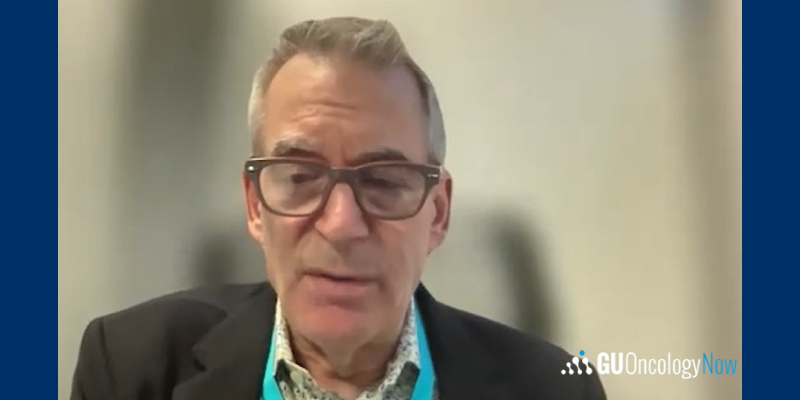
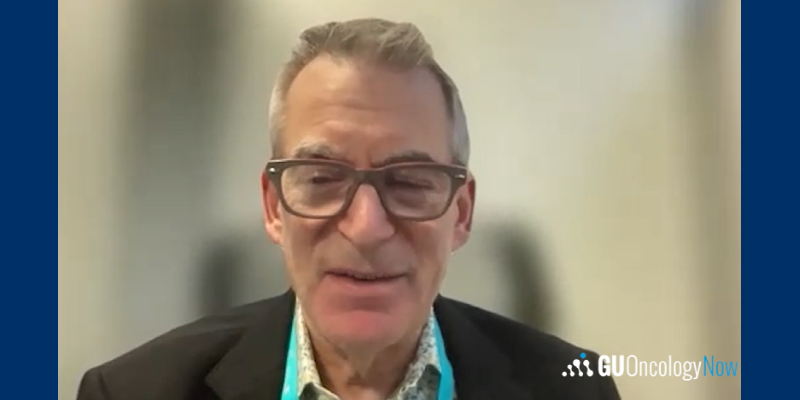
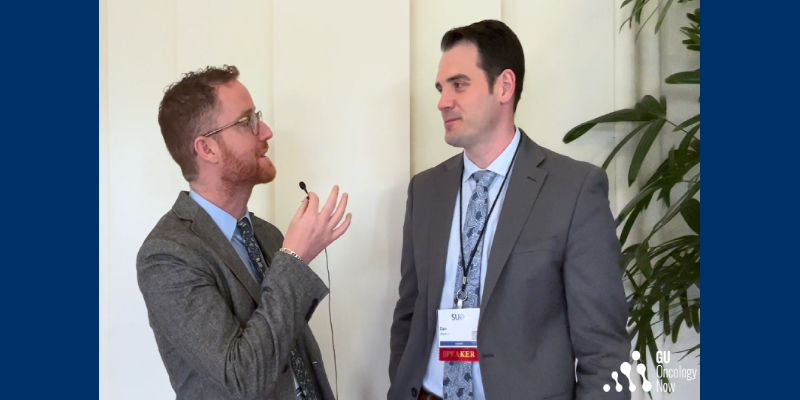

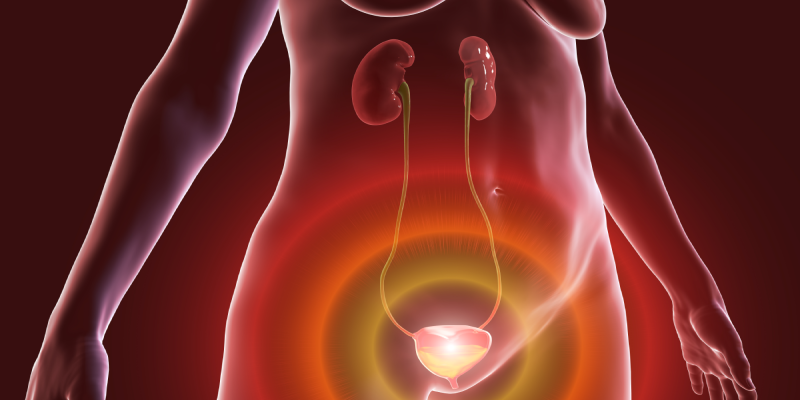
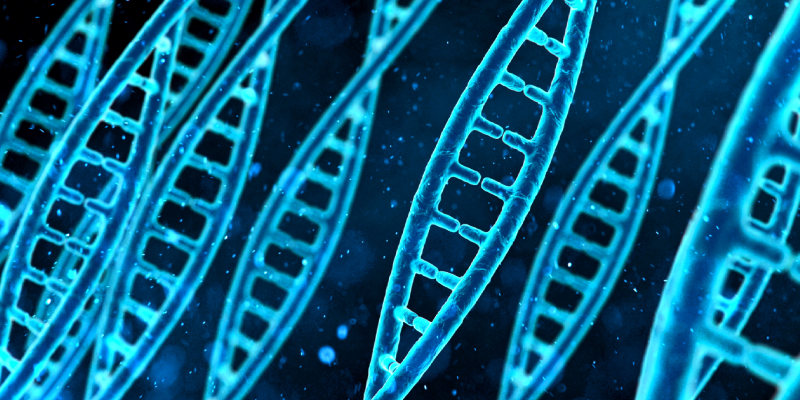
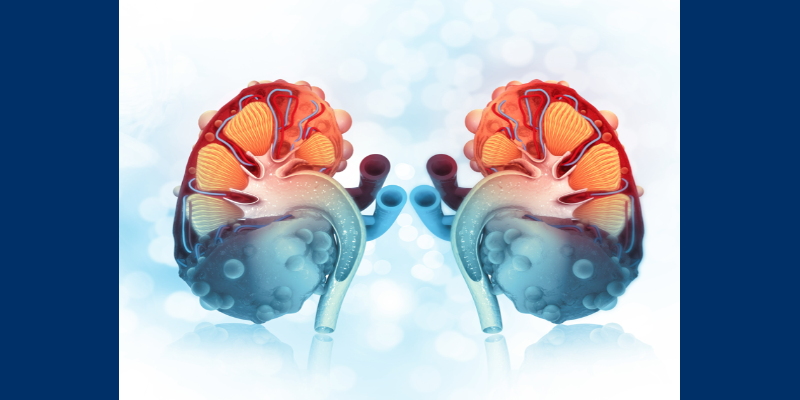
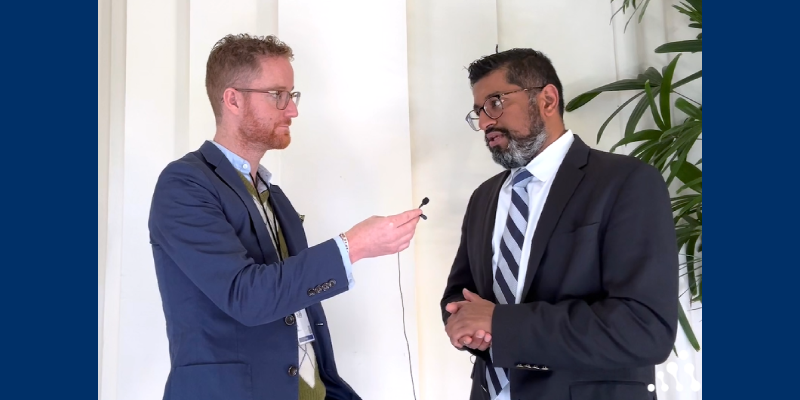


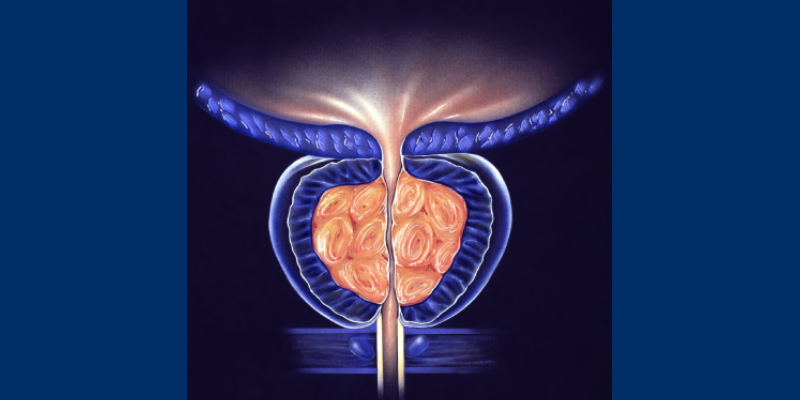
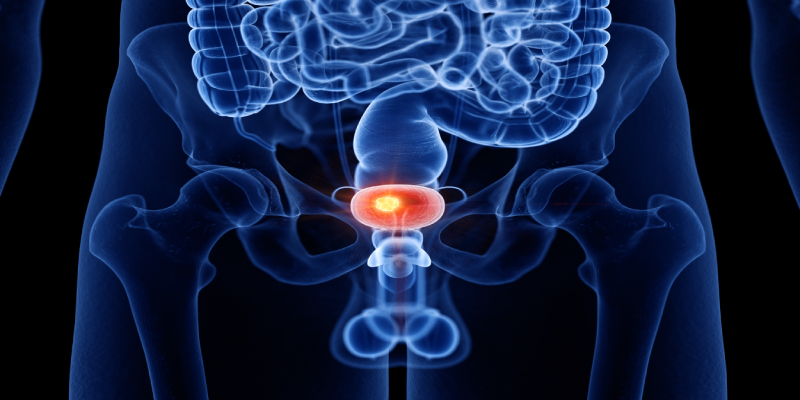
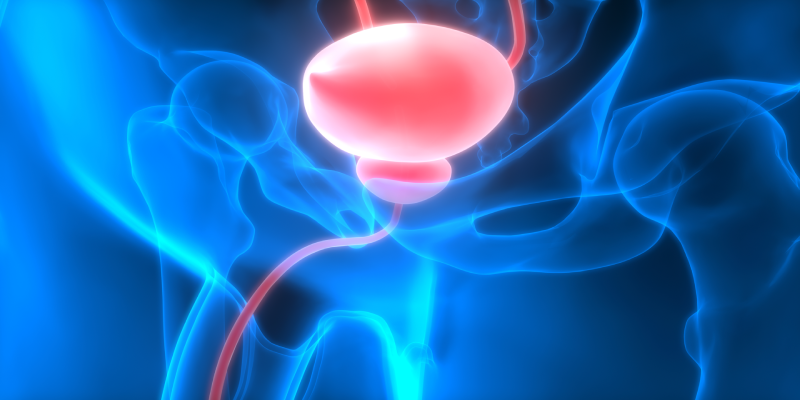

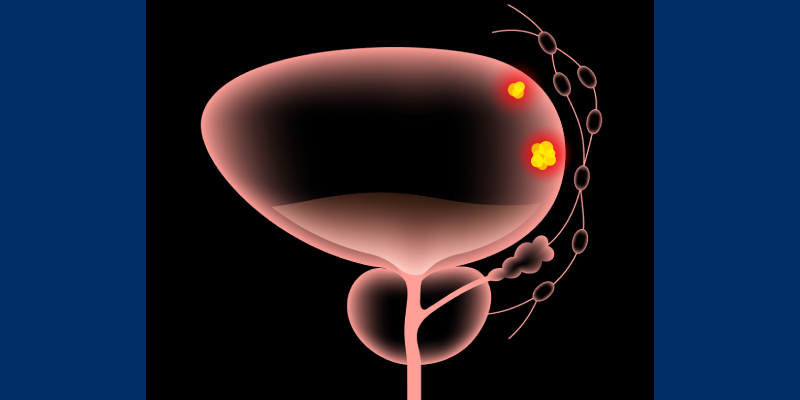
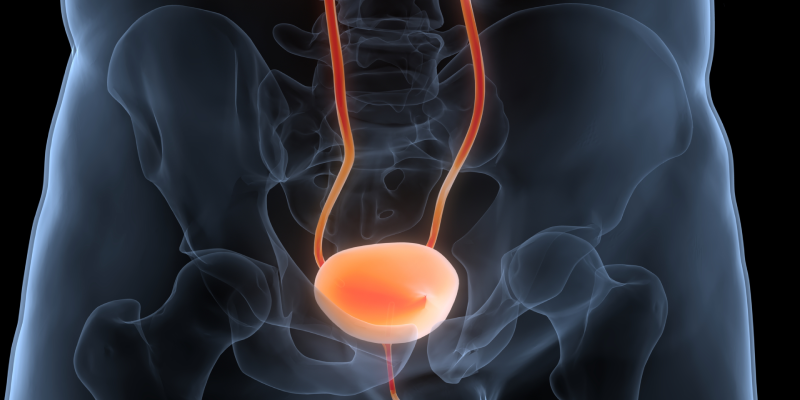
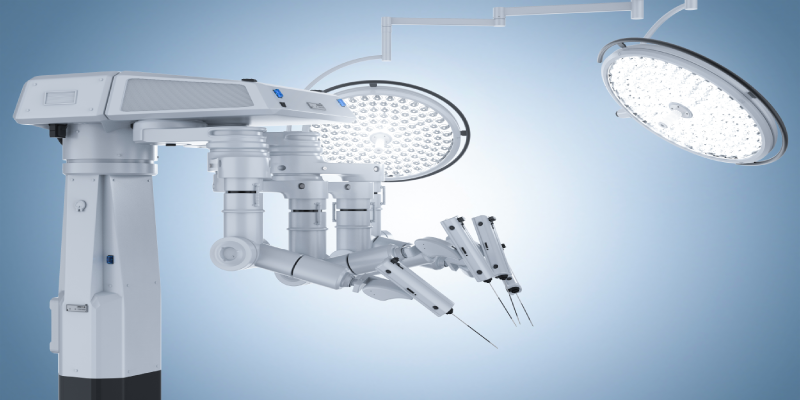
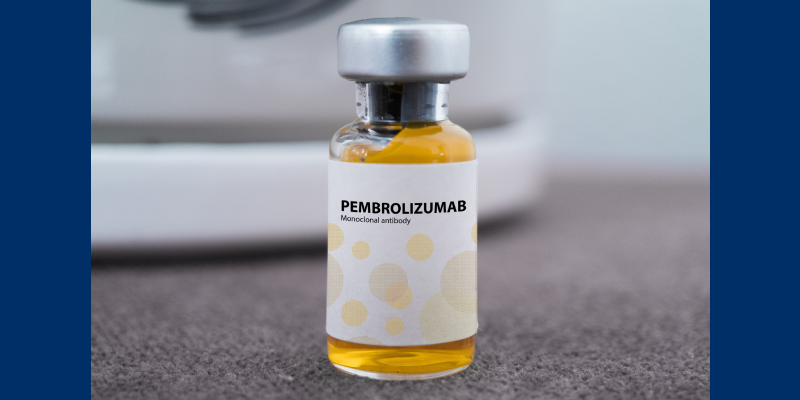
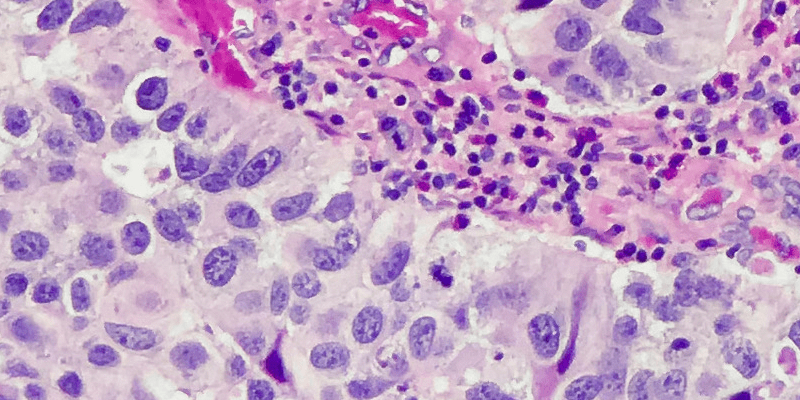






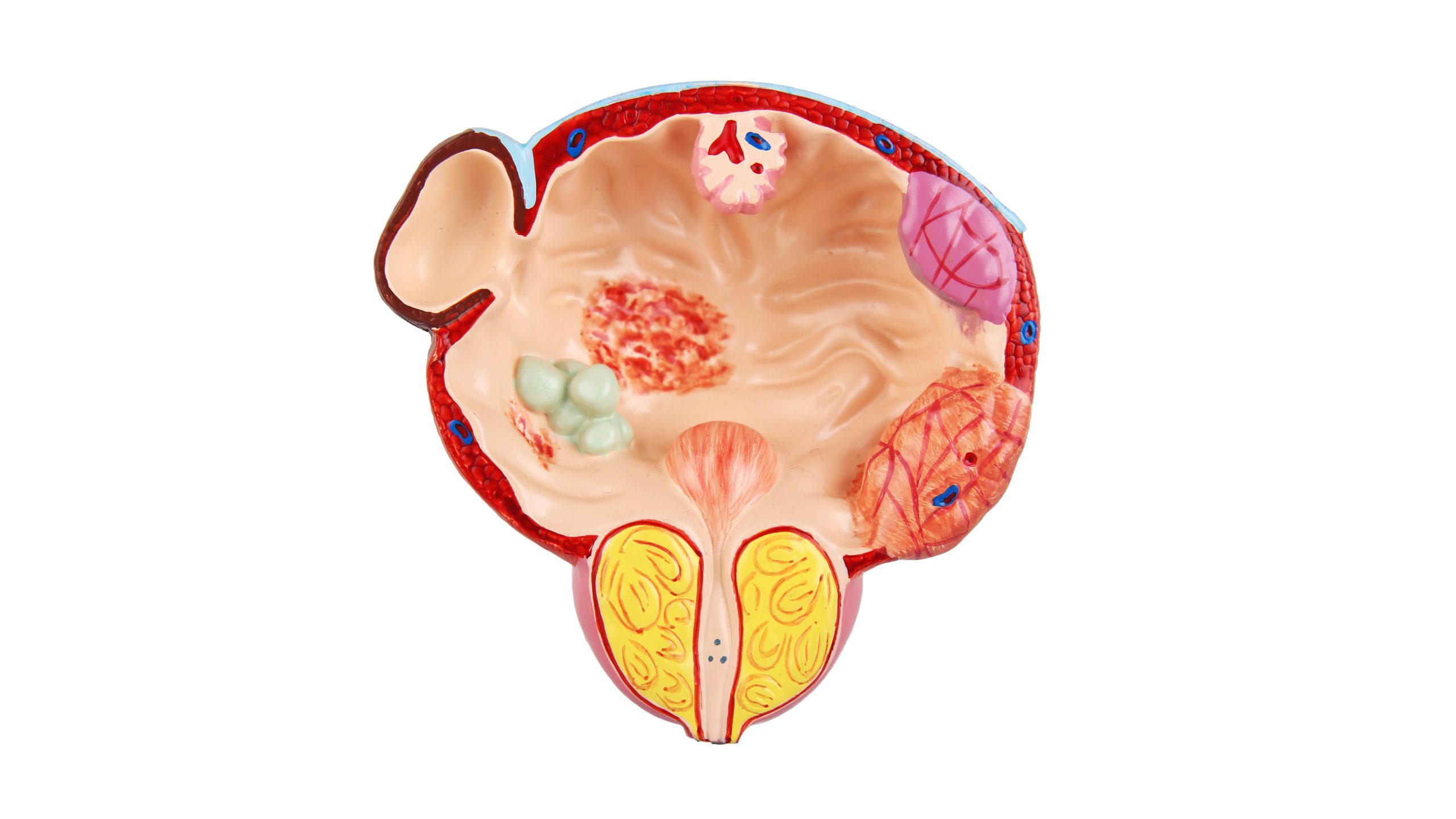

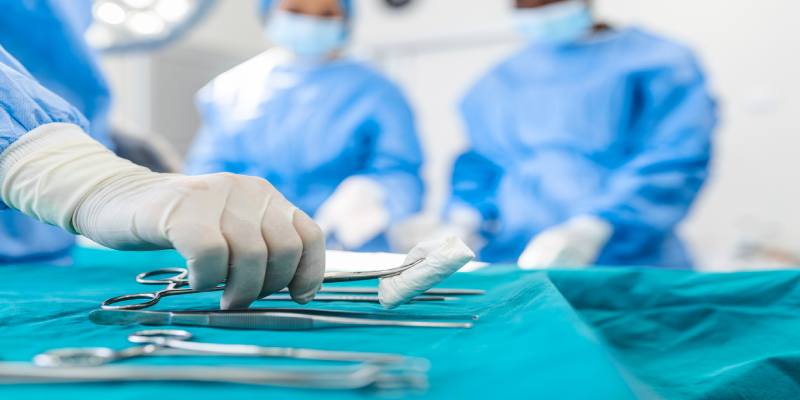
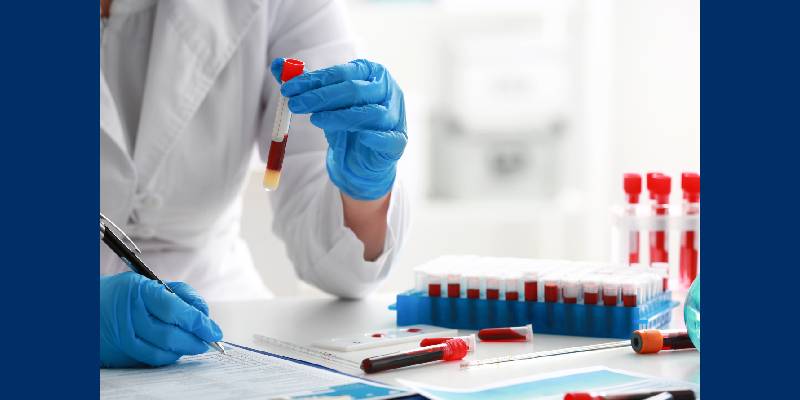



 © 2025 Mashup Media, LLC, a Formedics Property. All Rights Reserved.
© 2025 Mashup Media, LLC, a Formedics Property. All Rights Reserved.